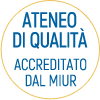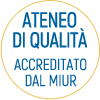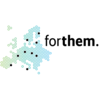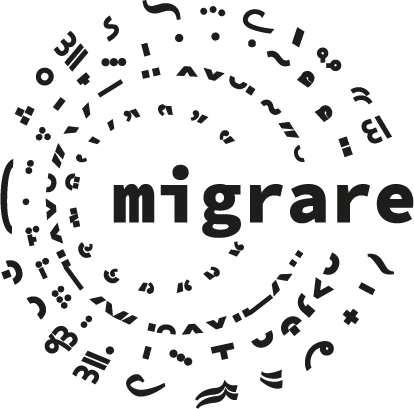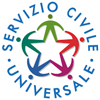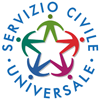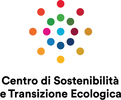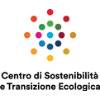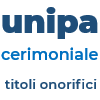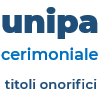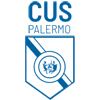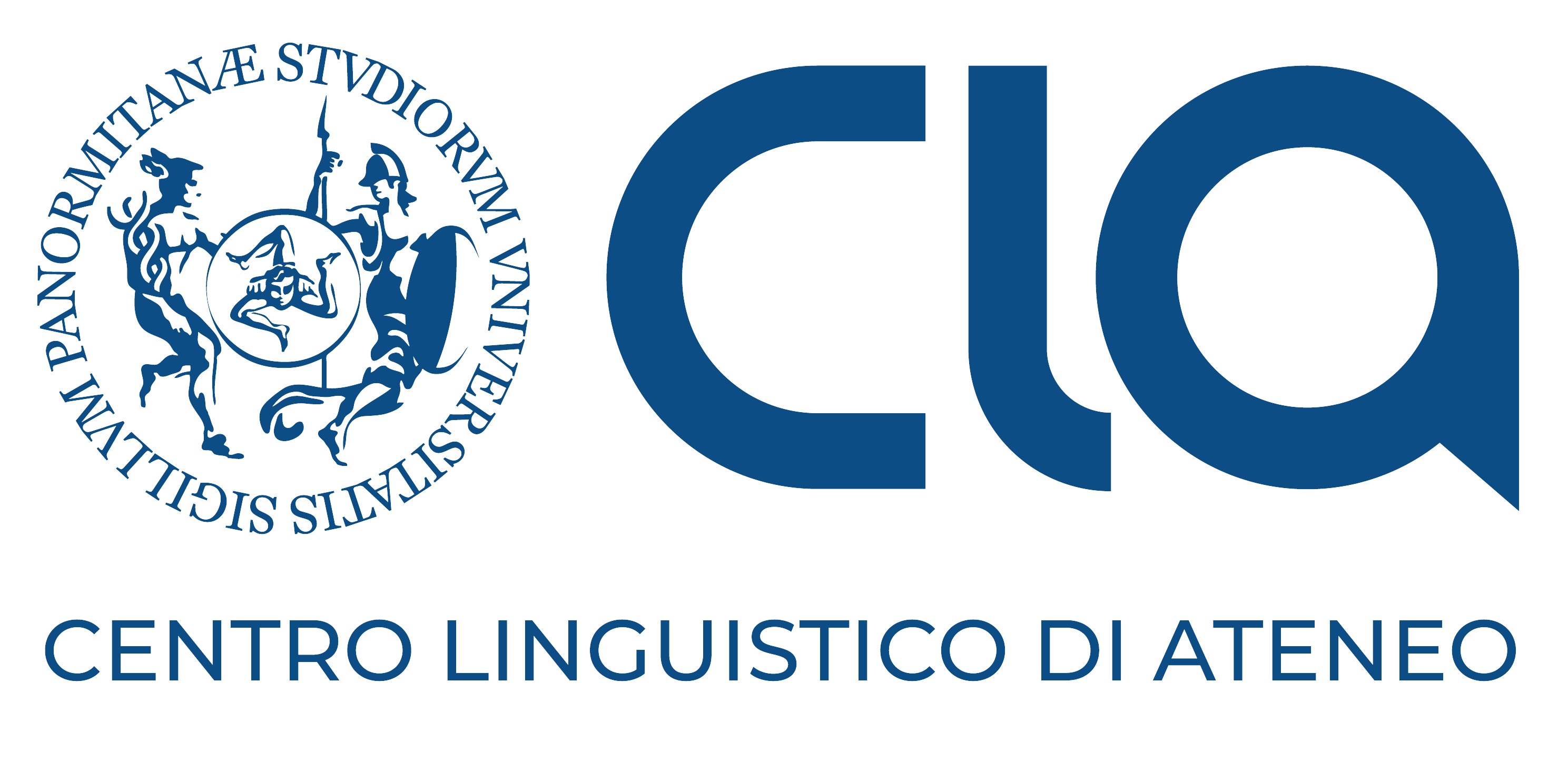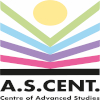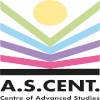CEAR-06/A – Structural mechanics
Description
The professors and researchers of the scientific disciplinary sector of structural mechanics and the theory of beam teach and conduct research in the fields of civil and industrial engineering to impart notions about the art of construction.
With its origins in Galileo's time, the discipline has grown to encompass both classical engineering topics like seismic engineering and advanced topics like the mechanical behaviour of biological and engineered materials.
Science-related content covers theoretical and experimental knowledge about problems regarding the determination of the mechanical behaviour of buildings, organisms, and resistant elements of civil engineering, architecture, and other engineering fields. Problems addressed include aspects pertaining to statics, dynamics, stability of equilibrium, fracture mechanics, and experimental mechanics as a way to verify the adopted models. Typical techniques and methods used are those found in physical-mathematical modelling, computational mechanics, experimental mechanics, diagnostics, and structural identification. There are also topics concerning the interaction between structures and their environment, the mechanics of innovative materials and unconventional structures, regardless of the scale at which they are observed and modelled, and the study of the historical development of models used and the structural interpretation of historic and monumental artefacts.
Teaching activities involve bachelor’s and master’s courses in civil and industrial engineering and architecture. Each course is taught through lectures, exercises, and application activities in the laboratories.
Research activities are developed in the experimental dynamics and structural modelling laboratories in the context of master theses and doctoral theses. Research activities within the doctorate include collaboration with foreign researchers.
Research activity
- Solid Mechanics: the research has traditionally focused on elastoplastic materials such as steel and damaging ones such as concrete. There has been a growing interest in heterogeneous materials in civil engineering, such as masonry, and in industrial engineering, such as composite materials. There are two types of models developed: macro models that follow homogenization rules and meso-models that analyze individual constituent elements and their interactions.
- Computational Mechanics: the research is devoted to the implementation of numerical models for the analysis of complex problems of structural engineering. Algorithms and codes are written in basic programming languages, such as Fortran and C++, or in advanced programming languages as Matlab, Python and R. The modelling methods used are finite element and meshless methods.
- Dynamics: the research activity has both theoretical and experimental character with a wide range of interests from the seismic protection of buildings to the vibration control in mechanical components of industrial engineering. The theoretical developments are mostly concerned with stochastic dynamics while the experiments are carried out in a lab that builds scale models of simple and complex structures.
- Optimization: the research focuses on civil and industrial structures, optimizing frames for buildings in reinforced concrete or steel, and on composite structures in aeronautics, identifying the best laminate composition using design variables.
- Monitoring: the studies are developed in the non-destructive testing lab where different techniques (ultrasonic, acoustic waves etc.) are used for structural health monitoring. These techniques are applied to existing structures to identify damaged entities and locations and to new constructions to investigate the present of building defects.
Main research projects
- PRIN 2015, “Advanced Mechanical Modeling of New Materials and Structures for the Solution of 2020 Horizon Challenges”.
- PRIN 2015, “Multi-scale mechanical models for the design and optimization of micro-structured smart materials and metamaterials”.
- PRIN 2017, “Multiscale Innovative Materials and Structures - MIMS”.
- PO-FESR, “Crowdsense”.
- Horizon2020, “REvivEd water - Low energy solutions for drinking water production by a REvival of ElectroDialysis systems”.
- Horizon2020, “Conversion of Low Grade Heat to Power through closed loop Reverse Electro-Dialysis - RED-Heat-to-Power”.
- HorizonEU, “Searcularmine - Circular Processing of Seawater Brines from Saltworks for Recovery of Valuable Raw Materials”PON-AIM AIM1845825-2, “Tecniche innovative per il monitoraggio strutturale e lo sviluppo di adeguate strategie di mitigazione delle vibrazioni e di rinforzo strutturale di opere appartenenti al patrimonio culturale”.
Keywords
solid mechanics, linear and non-linear mechanics, structural engineering.





